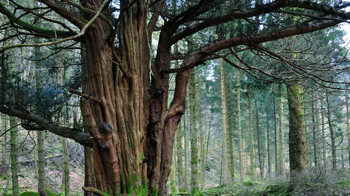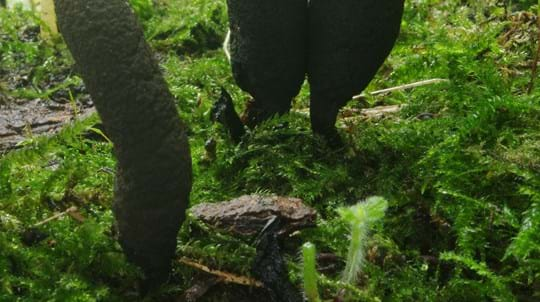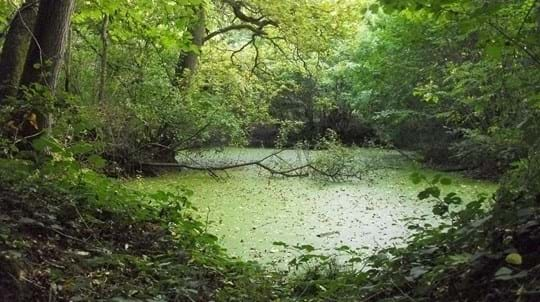
Fordham Hall Estate
Fordham nr Colchester

Woodland Trust wood
204.96 ha (506.46 acres)
TL923284
Explorer 184
OS Landranger 168
A gift from an anonymous donor, the Fordham Hall Estate is a large woodland creation site in eastern England.
Around a quarter of a million trees have been planted along the meandering River Colne on what was once arable farmland. Alongside young woodland there are also flower-rich meadows, which are awash with colour during the summer months.
A new project at Fiddlers Hill meadow will create a wetland environment within the floodplain of the River Colne that spans over five hectares and doubles the size of the existing fen. It will use nature-based solutions like flood water scrapes to help reduce unwanted flooding and create habitats where wildlife and wetland species can thrive.
The scrapes will retain floodwater for longer and allow water to enter the meadow sooner, which should ease downstream flooding and reduce pressure on the section of river at Mill Road.
Alongside the wetland habitats, plans include the establishment of a permanent pond, installing new bat and bird boxes, and planting additional trees and scrub. Information boards around the site will tell visitors about the project and the diverse species that can already be found here. It will be an ideal rest area for users of the Essex Way, with a permissive path guiding them into the meadow to discover the wildlife and delve into the history.
This is a collaborative project involving the Woodland Trust, Essex and Suffolk Rivers Trust, Environment Agency, Essex Wildlife Trust, and Essex County Council. Following the construction phase, the Woodland Trust will oversee the site's daily management and create a comprehensive long-term management strategy.
Features
- Parking at site
- Public access
- Grassland
- Marshland
How to get to Fordham Hall Estate
Set in the Colne Valley, Fordham Hall Estate is just a few kilometres from Colchester in Essex. At its heart is the small village of Fordham, which is surrounded by open fields with occasional small areas of woodland.
From Colchester, go west on the A133 and then join the A12 westbound. Leave the A12 at junction 26 and take the A1124 exit to Halstead/Stanway.
At the top of the ramp, take the third exit off the roundabout onto the A1124 and follow for 1.6km (1 mile). At Eight Ash Green, the road bends sharply right and then left. Immediately after the second bend, go right onto Wood Lane, which is signposted to Fordham, and then go left onto Fiddlers Hill. Continue along Fiddlers Hill for 2.4km (1.5 miles) to Fordham.
At the village, pass the school on your right and keep driving until you see the war memorial. Then, turn left onto Ponders Road to find the car park close by on the right.
The nearest train station is in Colchester, which is 5km (3 miles) from Fordham Hall Estate. It is located to the north of the town, off Turner Road.
Visit National Rail for more information.
The nearest bus stop is at the War Memorial in Fordham.
Visit Traveline for more information and timetables.
Facilities and access
A network of 19km (12 miles) of unsurfaced paths allows visitors to explore the estate. The paths are cut regularly but can be muddy and slippery after rain, especially during winter.
There are no waymarked trails at present. The estate does not have a single main entrance and it can be accessed using its network of paths.
There is a free car park on site, with space for 15 cars.
There are toilets for customers at the Three Horseshoes pub in Fordham, which is 0.8km (0.5 miles) from the wood car park. The nearest public toilets are at Colchester railway station, which is 5km (3 miles) from Fordham Hall Estate.
Wildlife and habitats
Animals
With such varied habitats, it’s not surprising that Fordham Hall Estate is brimming with a diverse range of wildlife. There are two streams running through the property, one of which is thought to be used by female otters – possibly to raise young away from the main water course. Water voles can now also be found here, thanks to efforts by the Essex Wildlife Trust.
Trees, plants and fungi
Since the Woodland Trust acquired the site, we have planted around 120 hectares (300 acres) of new native woodland, and 60 hectares (150 acres) has been converted to grassland. Tree species include ash, hazel, hornbeam and oak, and there are also two groups of ancient cricket bat willows, both of which are thought to be around 200 years old.
Habitats
The land was bought by a local person who then passed it to the Trust in 2002 so that it could become an area of natural beauty.
About Fordham Hall Estate
History
Fordham Hall Estate has a rich history. Two Roman burials were discovered in a field south of Hall Cottages, Fordham, in 1984. The bodies were that of a teenage girl and a younger child at the foot of the first burial. The site of the burials has been designated an archaeological special area.
In 2002, an archaeological field walking exercise carried out by the Colchester Archaeological Trust (CAT) found burnt and worked flints on the eastern side of the estate. It is thought that they could be evidence of a prehistoric settlement.
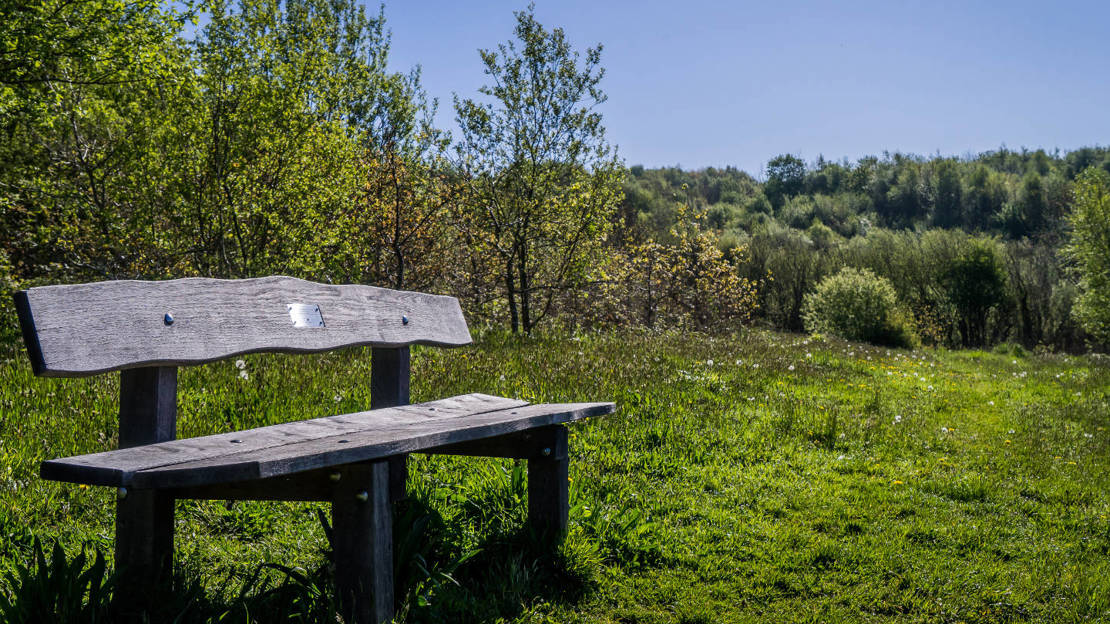
Dedicate at this wood
This wood is one of more than 50 across the UK where it's possible to dedicate trees, benches or larger areas of woodland. Mark a special occasion or celebrate the life of a loved one with a meaningful gesture that lasts.
Choose a dedicationThings to do in Fordham Hall Estate
Walking
With such a long stretch of paths to follow, Fordham Hall Estate is a popular destination for walkers. Be aware that paths are unsurfaced and can become slippery after rain.
Essex Way, a 132-km (82-mile) walking trail from Epping to Harwich, runs through the cricket bat willow area of the wood. For details on the route visit Essex Way.
Horse riding
With an extensive network of bridleways (part of the East Anglian Toll Ride scheme), Fordham Hall Estate is a great place to explore via horseback.
Please keep to the designated bridleways when riding your horse on the estate, and avoid any fenced-off areas.

Visiting woods
Walking dogs in our woods
Dogs are welcome for walkies in our woods. Take a look at our tips and guidelines for ensuring we keep our woods safe and special for dogs and wildlife.

Visiting woods
Events
Discover events at our woods and the festivals and fairs you can find us at soon.
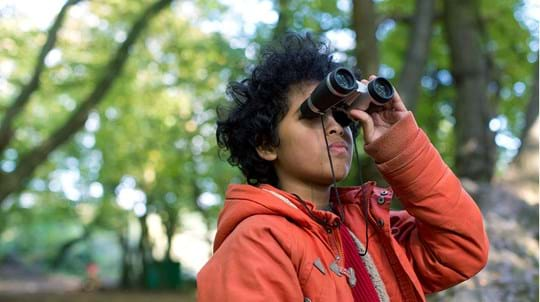
Visiting woods
Things to do in the woods
Go on an adventure. Get closer to nature. Uncover history. Discover ways to explore the UK's woods whatever the season.

A lasting legacy
This wood is just one of many to have been protected by gifts in wills, securing it for generations to come. Your legacy gift could also make a real difference to woods, trees and wildlife.
Learn what your gift could mean












































